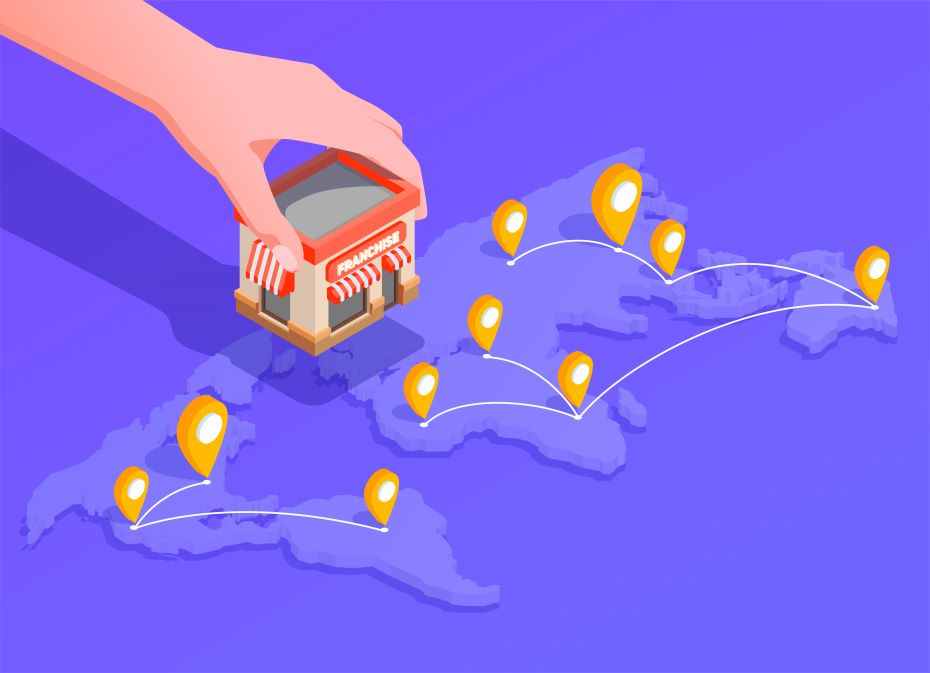Small retailers often feel the pressure first when economic conditions shift. Reduced footfall, rising operational costs, supply chain disruptions, and shrinking profit margins make day-to-day operations more challenging. However, many resilient retailers successfully navigate tough times by relying on smart, data-driven tools. One such tool is POS software, a powerful solution that improves efficiency, reduces waste, and supports better decision-making.
In this blog, we explore how POS software helps small retailers survive tough times, stabilise operations, and stay competitive even during economic downturns.
1. Improving Inventory Accuracy to Reduce Losses
During slow economic periods, every product on the shelf matters. Overstocking ties up capital, while understocking results in missed sales. POS software provides accurate, real-time inventory visibility so retailers can:
- Track stock levels instantly
- Reduce dead stock and over-purchasing
- Forecast demand with historical sales trends
- Identify best-selling and slow-moving items
Effective inventory management is one of the strongest survival strategies for small retailers, especially when controlling costs becomes a priority.
2. Reducing Human Error with Automation
Manual processes increase the chances of mistakes, misbilling, duplicate entries, incorrect discounts, and stock mismatches. These errors become expensive during tough economic conditions.
POS software minimises risks through automated:
- Billing
- Tax calculations
- Discount application
- Stock updates
- Reporting
With fewer mistakes and better accuracy, retailers can safeguard their margins.
3. Faster Checkout to Improve Customer Satisfaction
Slow checkout experiences often drive customers away. During difficult economic periods, shoppers become more selective and prefer businesses that value their time.
A modern retail POS offers:
- Faster billing speed
- Multiple payment options
- QR, card, and wallet acceptance
- Smooth and error-free checkout
This leads to shorter queues, better customer satisfaction, and higher chances of repeat visits. Even when demand fluctuates, a fast checkout process helps maintain consistent sales.
4. Data-Driven Decisions with Real-Time Business Insights
Tough times require smarter decision-making, not assumptions. POS software gives small retailers actionable insights through:
- Daily sales reports
- Category-wise performance
- Hourly or seasonal trends
- Customer buying patterns
- Profit margins and cost reports
When retailers know exactly what is selling, what isn’t, and when customers prefer to shop, they can plan promotions, stock purchases, and staffing more effectively. This data-driven approach protects profitability and reduces unnecessary expenses.
5. Supporting Multi-Channel Selling to Increase Revenue
When foot traffic drops, retailers must diversify their selling channels. Instead of shifting fully to online operations, small retailers can start online sales alongside their offline store.
POS software enables:
- Unified inventory across online and offline
- Centralised customer data
- Easy order management
- Real-time stock sync
- Smooth omnichannel operations
By reaching customers across different channels, retailers reduce dependency on walk-ins and maintain steady revenue flow even in downturns.
6. Building Strong Customer Loyalty During Downturns
Customer retention becomes more important when acquiring new customers becomes expensive. POS software plays a big role in strengthening customer loyalty by enabling:
- Loyalty points
- Exclusive member offers
- Digital receipts
- Customer purchase history
- Personalized recommendations
When customers feel valued, they are more likely to return even during difficult economic conditions. This ensures stable revenue and long-term relationships.
7. Maintaining Business Continuity with Offline Functionality
Internet disruptions can stop billing and create frustration for both staff and customers. In tough times, retailers cannot afford downtime.
A POS solution with offline functionality ensures:
- Billing without internet
- Automatic data sync once online
- Continuous operations
- No missed sales
This reliability protects revenue and builds customer trust.
8. Strengthening Long-Term Business Stability
Tough times require adaptability, and POS software gives small retailers the flexibility they need. With better data, faster processes, and reduced operational costs, retailers can:
- Keep their business steady
- Retain customers
- Increase profitability
- Make smarter decisions
- Compete with larger retailers
Technology becomes the backbone that helps retail businesses survive and grow even in unpredictable markets.
If you want to use a modern, efficient POS solution…
POS software like LithosPOS supports small retailers with powerful tools for billing, inventory management, payments, customer loyalty, analytics, and multi-channel operations all in one place. It’s designed to help retail businesses stay efficient, accurate, and profitable in any economic condition.
LithosPOS is trusted by businesses in 50+ countries and continues to help retailers simplify operations and grow steadily.













